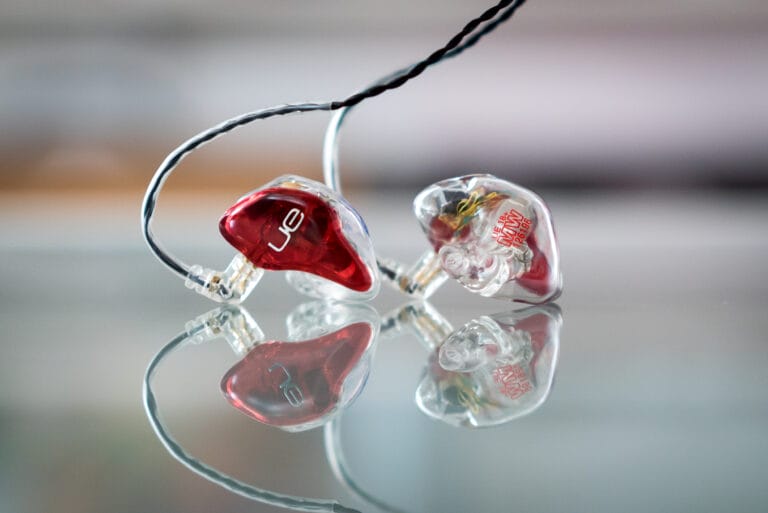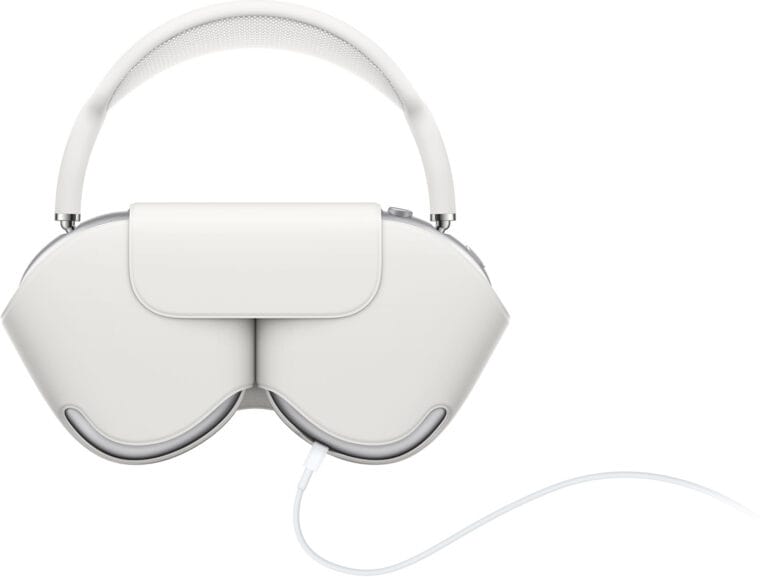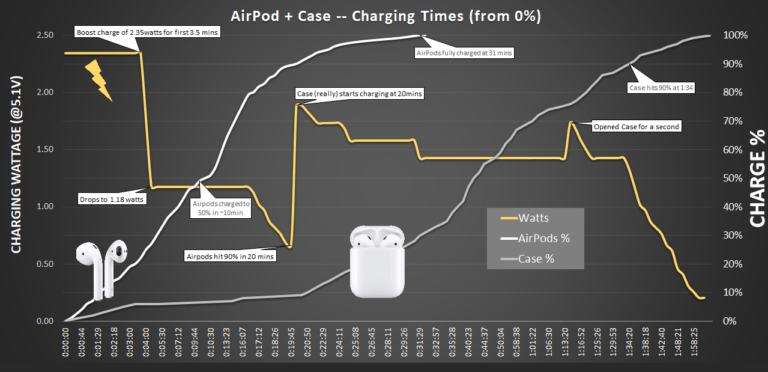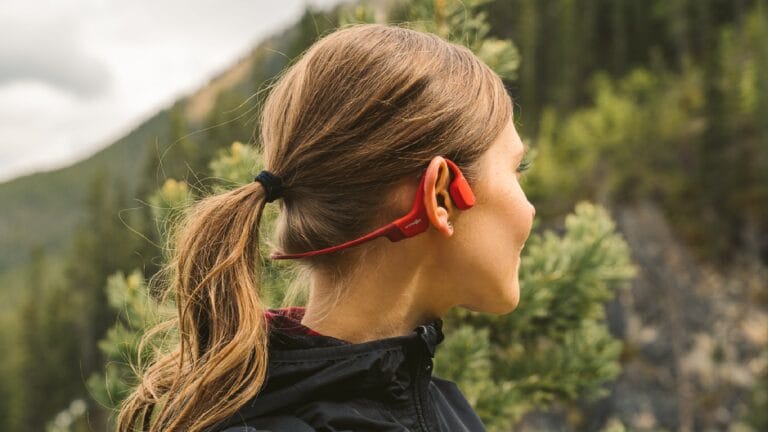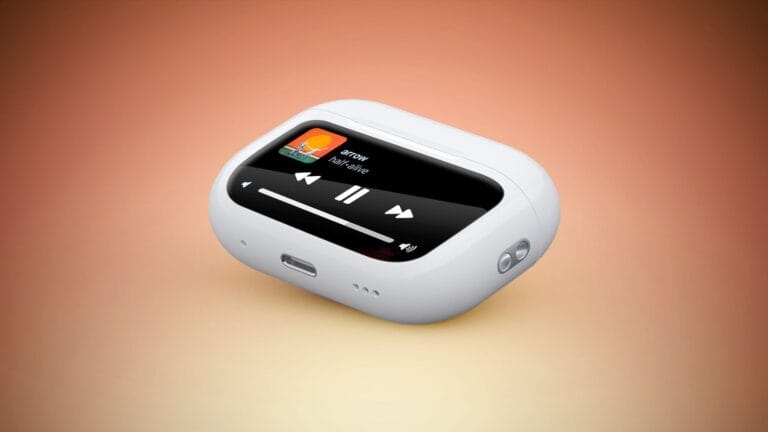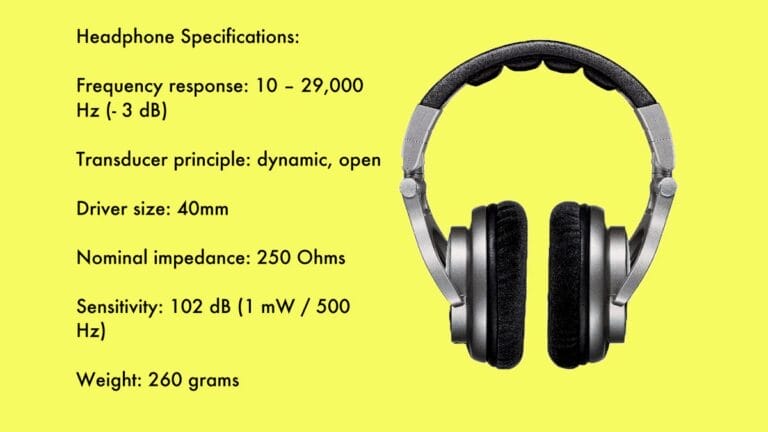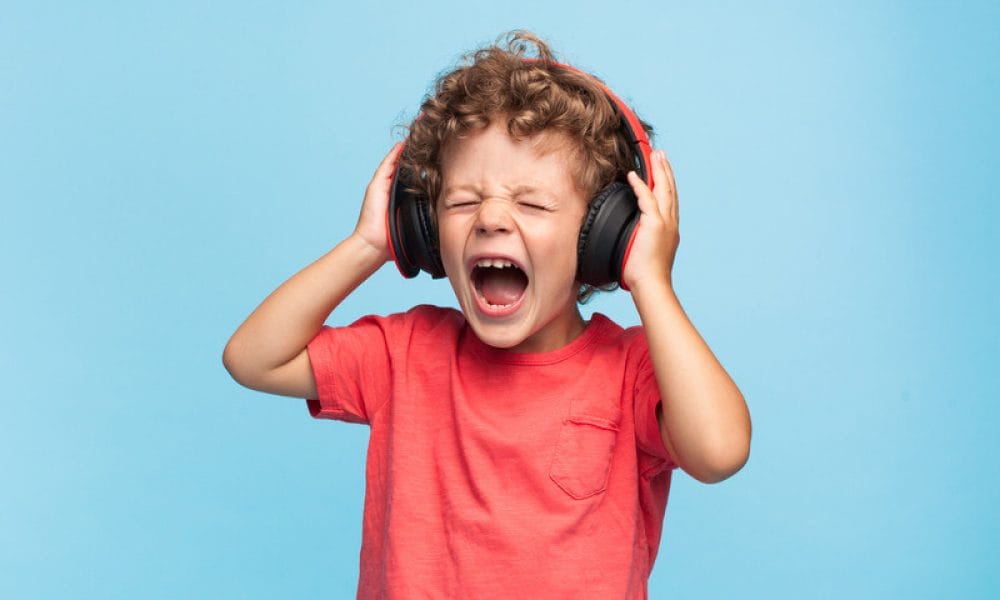
Picture this: your favorite song comes on, and you can’t resist the urge to bob your head and sing along. But instead of playing it out loud for everyone to hear, you slip on your headphones and immerse yourself in the music. It’s a magical experience, isn’t it?
But have you ever wondered if it’s okay for kids to listen to music through headphones? Well, you’re in luck! In this article, we’ll explore the pros and cons of kids using headphones to enjoy their favorite tunes. So get ready to dive into the wonderful world of music and headphones!
Now, before we dive in, let’s address the elephant in the room: there’s always been a debate about whether it’s safe for kids to listen to music through headphones.
Some people believe that it can have negative effects on their hearing, while others argue that it’s perfectly fine. Let’s dig deeper and find out the truth behind these conflicting viewpoints. So grab your thinking cap and let’s uncover the facts!
Is It Okay for Kids to Listen to Music Through Headphones?
Many parents wonder if it’s okay for kids to listen to music through headphones. While there is no definitive answer, it’s important to consider a few factors. First, set volume limits to protect their hearing. Second, monitor the content they are listening to.
Third, encourage breaks to avoid prolonged exposure. Lastly, choose headphones specifically designed for kids with volume-limiting features. By following these guidelines, you can ensure a safe and enjoyable listening experience for your children.
Benefits of Kids Listening to Music Through Headphones
Listening to music can bring numerous benefits to children. It can help them relax, reduce stress, and improve their mood. When kids listen to music through headphones, they can create their own space and escape from distractions, allowing them to focus on the music and truly enjoy it.
Headphones also provide a more immersive listening experience, enhancing the quality and depth of the sound. Additionally, children can explore various genres, artists, and styles of music, expanding their musical horizons and fostering creativity.
Furthermore, listening to music through headphones can be a learning tool for children. It can improve their auditory processing skills, as they learn to distinguish different sounds and instruments within a song.
They can develop a better sense of rhythm and timing, which can carry over into other areas of their lives, such as sports or academics. In some cases, children with learning disabilities or attention disorders may benefit from listening to music through headphones, as it can help them concentrate and improve their overall focus.
In conclusion, there are numerous benefits to kids listening to music through headphones. It can enhance their relaxation, improve their mood, provide an immersive listening experience, expand their musical knowledge, and even have positive effects on their learning abilities.
Potential Risks of Kids Listening to Music Through Headphones
While there are many benefits to kids listening to music through headphones, it is essential to be aware of the potential risks involved. One of the main concerns is the risk of hearing damage. Listening to music at high volumes for extended periods can lead to permanent hearing loss or tinnitus.
Children’s ears are more sensitive than adults, making them more susceptible to damage. It is crucial to ensure that the volume is set at a safe level and to limit the duration of headphone use.
Another risk is the potential for social isolation. When kids listen to music through headphones, they may become less aware of their surroundings and miss out on opportunities for social interaction. Parents need to encourage their children to balance headphone use with engaging in activities with friends and family.
Furthermore, prolonged headphone use can lead to discomfort, such as ear pain, headaches, or pressure on the ears. It is important to choose headphones that are designed for children and are comfortable to wear for extended periods. Parents should also monitor their kids’ listening habits and encourage breaks to rest their ears.
In summary, while there are risks associated with kids listening to music through headphones, these risks can be mitigated by setting safe volume levels, limiting duration, encouraging social interaction, and ensuring comfortable headphones. By being mindful of these potential risks, parents can help their children enjoy music safely.
Tips for Safe Listening
To ensure that kids can enjoy music through headphones safely, here are some helpful tips:
- Set volume limits: Ensure that the volume is not too high and use features like volume limiters, if available.
- Limit listening time: Encourage regular breaks to rest the ears and prevent prolonged exposure.
- Choose appropriate headphones: Opt for headphones that are designed for children and provide comfort and a good fit.
- Encourage social interaction: Remind kids to take breaks from headphones and engage in activities with friends and family.
- Teach proper headphone hygiene: Emphasize the importance of clean headphones and not sharing them with others to prevent the spread of bacteria or infections.
It is generally okay for kids to listen to music through headphones, as long as certain precautions are taken. The benefits of listening to music, including relaxation, mood improvement, and learning opportunities, can greatly enhance a child’s overall well-being.
It is essential to be aware of the potential risks, such as hearing damage and social isolation, and take steps to minimize them.
By following the tips for safe listening and being mindful of volume levels and duration, parents can ensure that their children can enjoy their favorite music while keeping their ears and overall health protected.
Frequently Asked Questions
Listening to music through headphones is a common practice among kids today. However, there are concerns about its potential impact on their health and well-being. Here are some frequently asked questions regarding whether it is okay for kids to listen to music through headphones:
1. What are the benefits of kids listening to music through headphones?
Listening to music through headphones can have several benefits for kids. It allows them to have a personalized musical experience, helping them explore different genres and styles.
Music can also have a positive impact on mood, creativity, and concentration. Additionally, listening to music through headphones can provide a sense of privacy and insulation from external distractions, creating a focused and immersive experience for kids.
However, it is important to note that moderation is key. Parents should ensure that their kids are not spending excessive amounts of time with headphones on and prioritize other activities such as socializing, exercise, and studying.
2. Are there any potential drawbacks of kids listening to music through headphones?
While there are benefits, there are also potential drawbacks to kids listening to music through headphones. Prolonged and excessive exposure to loud music through headphones can lead to hearing damage, especially if the volume is set too high.
This is because headphones direct the sound waves directly into the ear canal, which can be more damaging compared to listening to music through speakers at a reasonable volume.
Furthermore, constantly having headphones on and being disconnected from the surrounding environment can hinder social interactions and communication. Kids need to be aware of their surroundings and be able to engage in conversations with others.
3. At what volume should kids listen to music through headphones?
Volume control is crucial when kids listen to music through headphones. Experts recommend following the 60/60 rule: listening at no more than 60% of the maximum volume for no more than 60 minutes at a time.
This guideline helps reduce the risk of hearing damage and ensures kids are taking regular breaks from prolonged exposure to loud music.
Parents can also make use of parental control options available on various devices and streaming services to limit the maximum volume and duration of headphone use for their kids.
4. How can parents ensure safe headphone use for their kids?
There are several ways parents can promote safe headphone use for their kids. First, they can educate their children about the potential risks of excessive volume and prolonged headphone use. It is important to teach kids about responsible listening habits and encourage breaks from wearing headphones. Parents can also set guidelines for volume and duration of headphone use and monitor their children’s listening habits to ensure they are following these guidelines.
Choosing the right type of headphones is also crucial. Over-ear headphones are generally considered safer than in-ear earphones, as they provide more natural sound isolation and reduce the risk of potential hearing damage. Additionally, parents can encourage their kids to use noise-cancelling headphones, as they reduce the need for high volume settings in noisy environments.
5. Are there any alternatives to headphones for kids to enjoy music?
Absolutely! There are alternative ways for kids to enjoy music without using headphones. One option is using external speakers, which can provide a shared listening experience and promote a sense of connection.
Parents can also encourage their kids to participate in music-related activities such as learning to play an instrument, singing in a choir, or joining a music club. These activities not only enhance their music appreciation but also provide opportunities for social interaction and skill development.
Furthermore, parents can explore other forms of audio entertainment like podcasts or audiobooks that can be enjoyed without the need for headphones. These options can offer a diverse range of content and spark kids’ curiosity in different subjects.
Listening to music through headphones can be fun, but we need to be careful. It can cause hearing damage if we listen too loud or for too long. It’s best to keep the volume at a safe level and take breaks from wearing headphones.
We should also be aware of our surroundings and not use headphones in dangerous situations. Remember, it’s important to protect our hearing and enjoy music responsibly!

